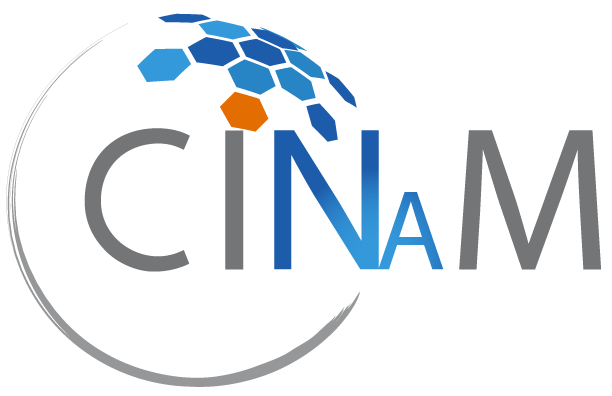Virtual school on electronic excitations in solids and nanostructures using the Yambo code
you can register in Cecam school webpage
Deadline: 25/03/2021
Overview:
Computational materials science has a decisive impact on the development of future technologies. Design of new materials and devices for opto-electronic applications requires accuracy at the atomic/microscopic level. Modern ab-initio quantum-mechanical approaches play a crucial role in this context and effectively provide a shortcut along the path from fundamental research to realistic technological applications.
The primary workhorse in this field is density functional theory (DFT). Nevertheless, when aiming at the calculation of excited states, especially in materials where correlation and excitonic effects play a fundamental role post-DFT methods are needed. Many-body perturbation theory (MBPT) is a very accurate approach for a large class of materials and it is becoming more and more popular for the prediction of quasi-particle properties and optical excitation with a direct comparison with ARPES and absorption experiments.
This school will provide a balanced training on the fundamental theory of ab initio MBPT and its practical computation in novel materials by means of Yambo (a MaX flagship GPL code).
Scope of the school:
The main objective of the school is to introduce the participants to MBPT approaches and to demonstrate ab-initio MBPT simulations using the Yambo code. The covered topics range from basic lectures on general MBPT concepts to more specific approximations and implementations for applications in materials science. General topics include the diagrammatic approach, Hedin equations, self-energy and quasiparticles, the GW approximation, linear response, and the Bethe-Salpeter equation. Strong focus is given on the connection with experimental observables (photoemission, absorption, photoluminescence). Besides theoretical lectures, the participants will be guided to practical hands-on where they will learn how to set up calculations using the Yambo code, how to converge the main parameters to obtain meaningful results and how to post-process the results to have a comprehensive data analysis and visualization of the results (e.g. quasiparticle band structures, exciton analysis and excitonic wave-function visualization.)
